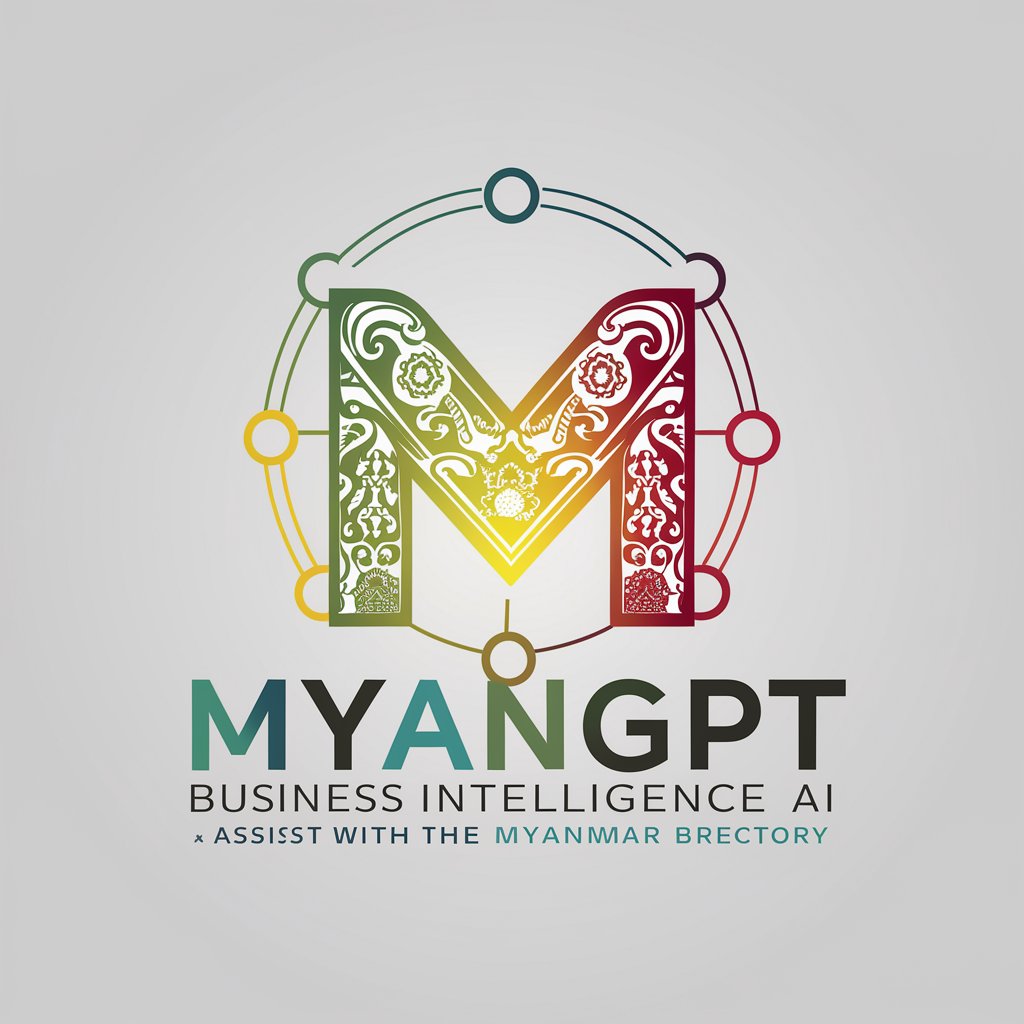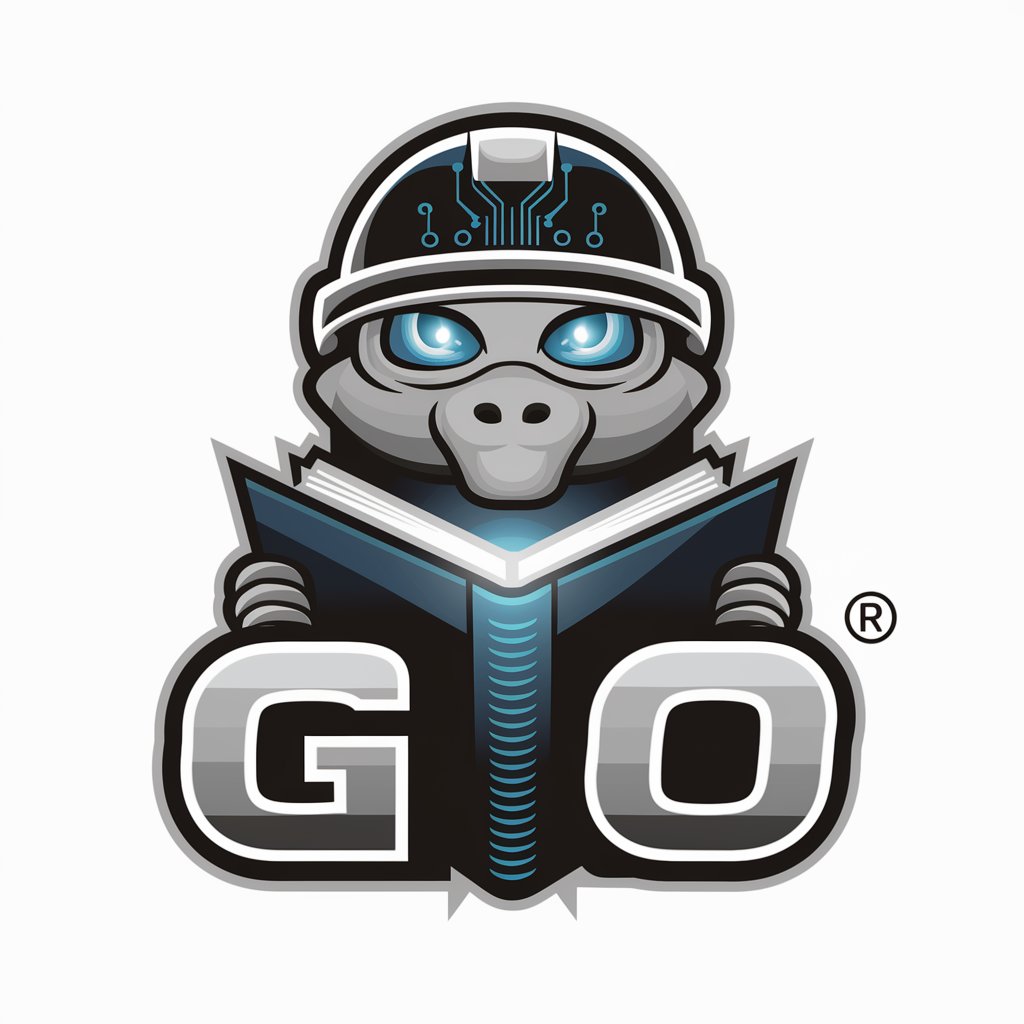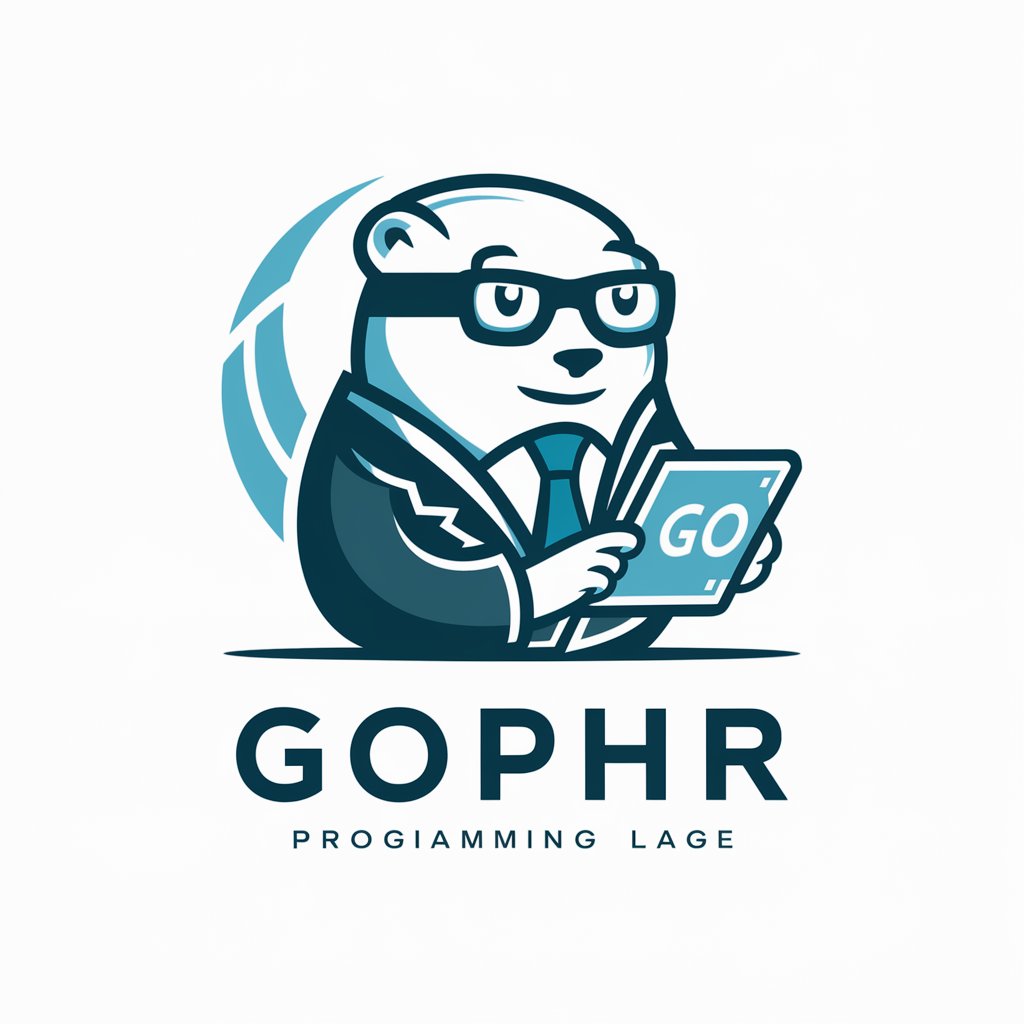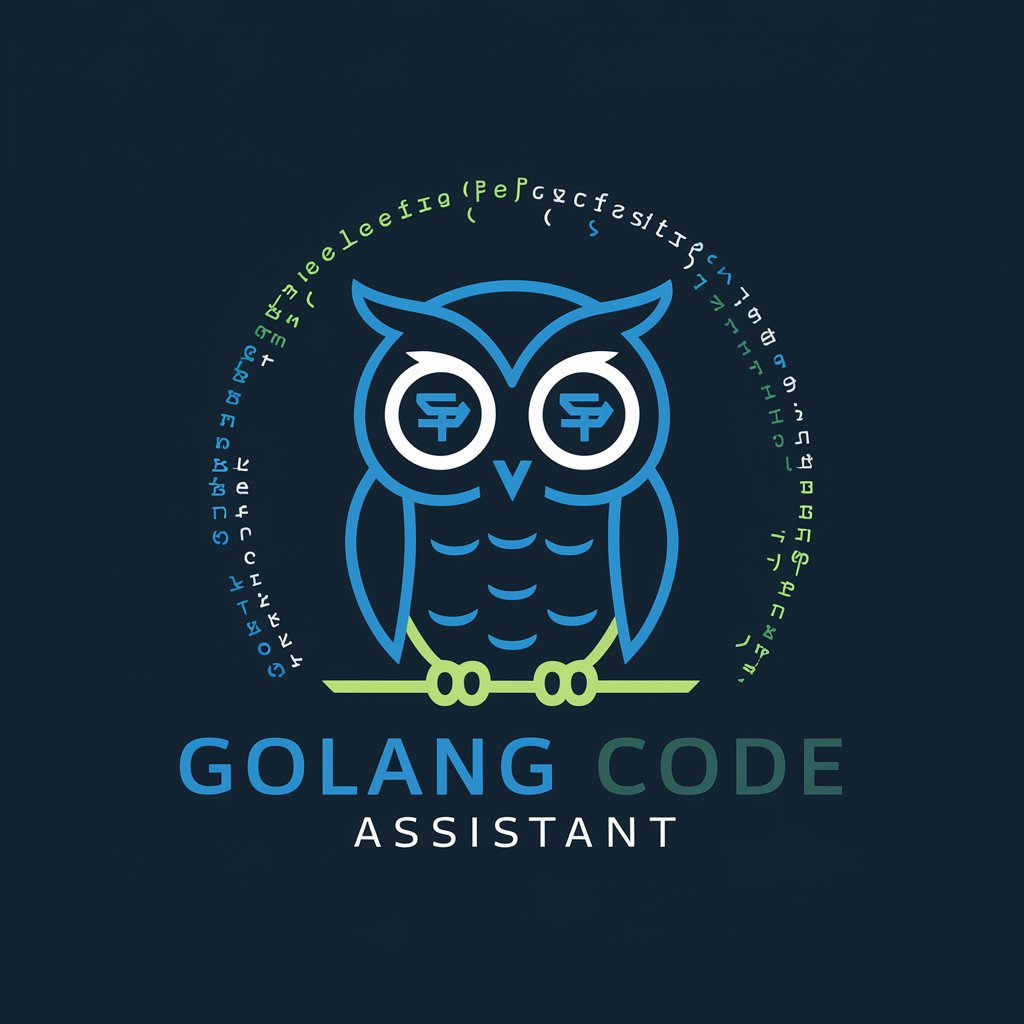
Golang Rubyist - Golang Learning for Rubyists

Hi there! Ready to dive into Golang with your Ruby expertise?
Master Golang with Ruby Insights
Explain the concept of goroutines in Golang.
How does error handling in Golang differ from Ruby?
Can you provide a Golang solution for a common Ruby coding problem?
What are the key differences between Golang's and Ruby's concurrency models?
Get Embed Code
Introduction to Golang Rubyist
Golang Rubyist is a specialized AI tutor designed to facilitate the learning of Golang for individuals with a background in Ruby programming. Leveraging the user's existing knowledge of Ruby, it aims to make the transition to Golang smoother and more intuitive by drawing parallels and highlighting differences between the two languages. For example, when explaining Go's concurrency model, Golang Rubyist might compare Go's goroutines and channels with Ruby's threads and Queue class, offering a familiar context to Ruby developers. This approach helps users leverage their Ruby expertise to grasp Golang concepts more effectively. Powered by ChatGPT-4o。

Main Functions of Golang Rubyist
Conceptual Mapping
Example
Explaining Go's interface system by comparing it to Ruby's duck typing. For instance, showing how both languages achieve polymorphism, but through different mechanisms.
Scenario
A Ruby developer struggles to understand how interfaces work in Go. Golang Rubyist explains interfaces in Go by drawing parallels to how Ruby achieves similar outcomes with duck typing, making the concept more accessible.
Code Translation
Example
Translating a Ruby code snippet that iterates over an array using `each` into Go, using `for range`.
Scenario
A user familiar with Ruby's `each` loop wants to perform a similar operation in Go. Golang Rubyist provides a detailed code translation, explaining the syntax and semantics of `for range` in Go, facilitating the user's understanding of Go's iteration patterns.
Best Practices Guidance
Example
Advising on Go's package structure and its importance for maintaining scalable and manageable code bases, in contrast to Ruby's more flexible module and class system.
Scenario
A developer experienced in Ruby's modules and classes seeks advice on organizing a Go project. Golang Rubyist offers insights into Go's package system, emphasizing best practices for scalability and manageability, bridging the knowledge gap with practical advice.
Ideal Users of Golang Rubyist Services
Ruby Developers Transitioning to Go
Developers who have a strong foundation in Ruby and are looking to expand their skill set to include Go. They benefit from Golang Rubyist's tailored explanations that leverage their Ruby knowledge to understand Go concepts, reducing the learning curve.
Educators and Mentors
Teachers and mentors who provide programming education, specifically in transitioning developers from Ruby to Go. They can use Golang Rubyist as a resource to structure lessons or provide examples that compare and contrast the two languages, enhancing their teaching effectiveness.
Teams Adopting Go
Software development teams that are transitioning from Ruby to Go for certain projects. Golang Rubyist can serve as an on-demand mentor for team members, helping to quickly ramp up the team's Go proficiency by explaining concepts in the context of their existing Ruby knowledge.

How to Use Golang Rubyist
Start with YesChat
Begin by visiting yeschat.ai to explore Golang Rubyist capabilities with a free trial, no login or ChatGPT Plus subscription required.
Identify Your Needs
Determine what you aim to achieve with Golang Rubyist, whether it's understanding Golang syntax, comparing Golang with Ruby, or solving specific coding challenges.
Prepare Your Questions
Formulate specific questions or problems you need help with. This could range from basic syntax queries to complex algorithmic challenges.
Interact and Experiment
Engage with Golang Rubyist by asking your prepared questions. Don't hesitate to experiment with the advice or solutions provided to deepen your understanding.
Apply and Practice
Apply the insights and solutions provided by Golang Rubyist to your projects or exercises. Practice regularly to reinforce learning and skill acquisition.
Try other advanced and practical GPTs
青梅煮币
Elevate Your Trading with AI-Powered Analysis

MyanGPT Business Intelligence Ai
Empowering Business Decisions with AI

Cybo
Empowering Your Ideas with AI

Startup Deck Builder
Empowering Startups with AI-Driven Pitch Decks

Morpheus
Uncover the Secrets of Your Dreams

Podcast SEO Keyword Identifier
Elevate Your Podcast's Reach with AI-Powered SEO

Artistic Prompt Creator
Ignite creativity with AI-powered art prompts

Gift Guru
Discover the Perfect Gift, Effortlessly

Affiliate Link Finder
Empowering Affiliate Marketing with AI

AMZ Bewertungscheck TOS
Ensuring Integrity with AI-Powered Review Analysis

Real World Asset Tokenization by AI for All Inc.
Empowering Asset Tokenization with AI

Website Design by Mojju
Revolutionizing Web Design with AI Creativity

Golang Rubyist FAQs
How does Golang Rubyist help Ruby developers learn Golang?
Golang Rubyist leverages a Ruby developer's existing knowledge, drawing parallels between Ruby and Golang concepts to facilitate easier and faster learning. It explains Golang's syntax, idioms, and practices in relation to Ruby's, making the transition smoother.
Can Golang Rubyist provide code examples comparing Golang and Ruby?
Yes, Golang Rubyist can offer side-by-side code comparisons for similar functionalities in Golang and Ruby, helping users understand the differences in syntax, structure, and performance.
What types of questions can I ask Golang Rubyist?
You can ask a wide range of questions, from basic syntax and best practices to complex problem-solving in Golang. Queries about comparing specific Ruby and Golang features or translating Ruby code to Golang are also welcome.
Is Golang Rubyist suitable for beginners in programming?
While Golang Rubyist is tailored for Ruby developers transitioning to Golang, beginners with a basic understanding of programming concepts can also benefit from its explanations and comparisons.
How can I get the most out of Golang Rubyist?
To maximize your learning, approach with specific goals or problems, actively engage with the provided solutions or explanations, and apply what you learn through coding exercises or projects. Regular practice and experimentation are key.





